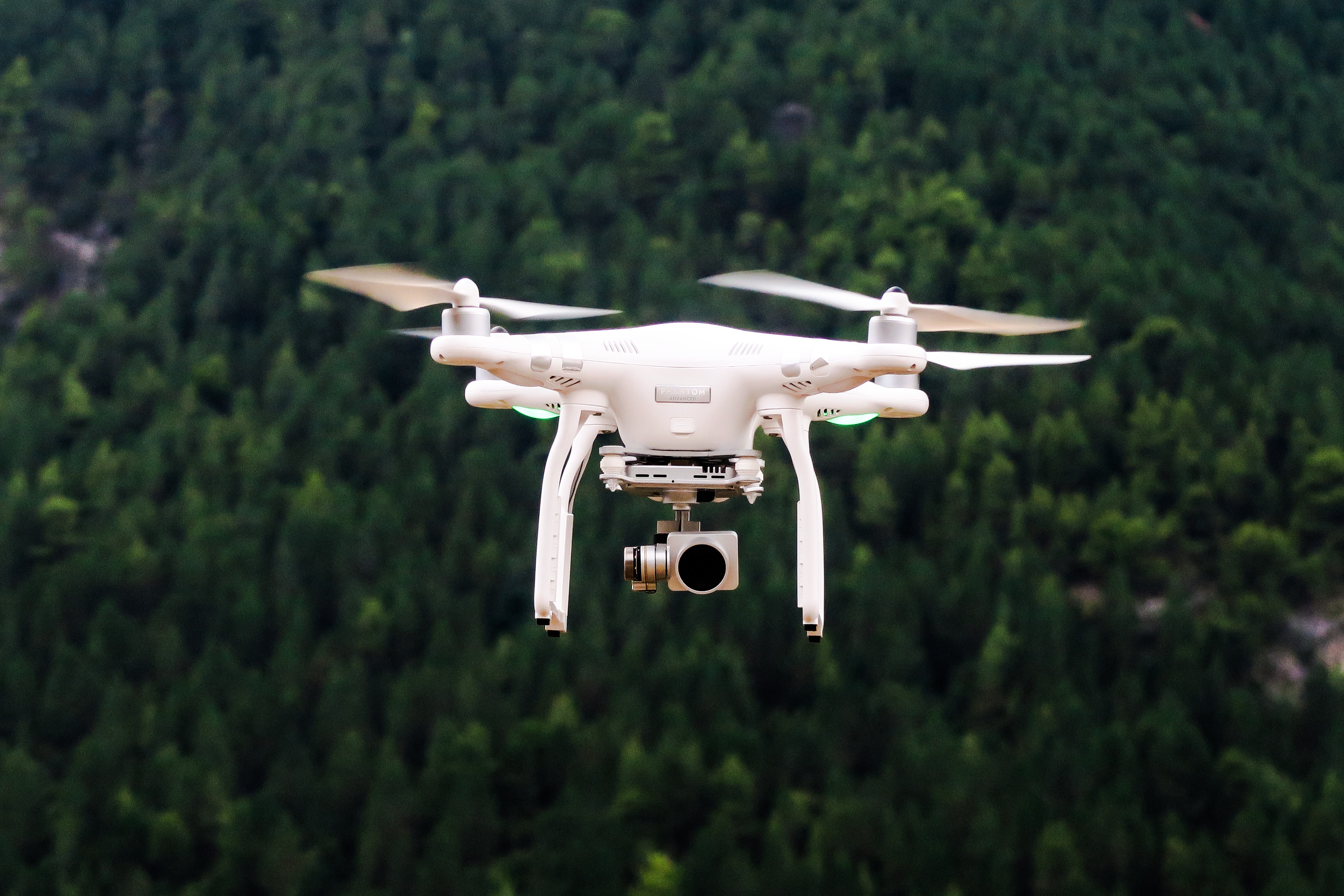11% of Europe’s population still experiences energy poverty due to poor building quality. If the rate of deep renovation does not accelerate, it could take more than 100 years to renovate the entire EU building stock. As such, energy efficiency in buildings is of extreme importance in Europe’s sustainable development movement. RINNO’s Elsbeth Terkelsen discusses European Green Cities role in the RINNO project and the potential for drones in deep renovation projects.
What is European Green Cities?
European Green Cities (EGC) is a network of cities, organisations, companies and consultants contributing to the development of green cities and buildings in a sustainable Europe. EGC works with innovation projects such as RINNO to manage the implementation of best practice in project design and construction, training and dissemination.
What is European Green Cities’ Role in RINNO?
A key takeaway of the RINNO project for EGC is its demonstration of innovative solutions in practice. These applied deep renovation solutions include elements of the full value chain of renovation projects: planning, involving users, building, developing and testing products, and financing. This combination of research, development and implementation will serve as an important use case for the EGC network.
EGC is responsible for demonstrating all results of the RINNO pilot sites in Poland, Greece, and Denmark. These will show how low energy efficiency buildings can be transformed by implementing biobased insulation, energy windows with integrated PV, micro ventilation in façades, smart meters and energy management – just to mention a few of the innovative elements of the RINNO pilot sites.
How can Drones be used for Deep Renovation?
One particularly interesting aspect of RINNO is the use of drones in deep renovation, which can add a lot of value to full lifecycle process. For example, both at the beginning and end of projects, drones can be used for aerial inspections and tours of target buildings. While the focus of drones is often the camera and video data they collect, drones also can be fitted with other sensors that can record data useful in renovation and construction. This includes GPS, LIDAR, multispectral, and thermal sensors. They can also be used in conjunction with other tracking technologies, including RFID, to identify and locate specific assets or entities and any related movement.

Drone employed for data-collection (©Jason Blackeye)
In their report on the use of drones, PWC highlighted that drones can play a significant role in managing costs, controlling risks, increasing safety and influencing outcomes. In renovation projects, they have a number of advantages over traditional inspections and site/progress monitoring – they are faster to deploy, safer, and can access parts of a building that may not be easily accessible to humans. In the context of COVID-19, they are particularly useful in limiting the exposure of key personnel and support social distancing by enabling remote access to sites. Drone streams can be accessed in real-time and retrospectively accelerate inspection and progress monitoring processes. Image and video output can be stitched together to create 3D models while both image and data can be analysed by machine learning to identify any issues and create alerts. Together, these technologies can be used to build trust between all the players on a renovation project by providing a single source of information.
RINNO is a Horizon 2020 project that aims to considerably accelerate the rate of deep renovation in the EU by reducing the time, effort, and costs involved in deep renovation projects. In a collaborative effort of 17 partners from industry and academia, RINNO will deliver an open renovation platform for the integrated design and delivery of deep renovation projects.
To keep up to date with project updates you can following H2020-RINNO on Twitter, LinkedIn, Facebook. You can also sign up to receive email updates on our homepage.


 This project has received funding from the European Union's Horizon 2020 research and innovation programme under grant agreement No 892071.
This project has received funding from the European Union's Horizon 2020 research and innovation programme under grant agreement No 892071.